CHAPTER 3
What Sells and What Does Not
There is no point in taking the time and effort to shoot pictures for sale through microstock libraries if your chosen subjects are of limited commercial value. This is, after all, a book about making money from microstock photography. There is a difference between images that are of sentimental value to you and images other people will want to buy. In this chapter, I am going to give you an overview of what is popular and why. We’ll look in more detail at techniques later in the book.
It may not be obvious that images that might make great prints to hang on your wall or that bring gasps of delight from your friends might have limited value for stock. This is a hard-nosed business with little room for sentimentality. On the other hand, you have to decide just how much time, trouble, and expense you are prepared to invest to shoot subjects not readily available to you or that do not appeal to you. Almost anything can sell if it is good enough, but give yourself a head start by understanding the proven sellers.
One of the enduring mysteries of stock photography is why a particular image from a series of like images sells over and over again, when a very similar one does not. It can leave you scratching your head and musing over the unpredictability of it all. And it is unpredictable. The guidelines in this chapter are just that—only guidelines, based on personal experience and discussions with microstock photo library managers, owners, and photographers.
My mantra is this: simple sells. As a general principle, simple, strong images with an obvious subject with immediate appeal sell. This holds true for almost any subject you care to think of. Simple sells for two reasons:
- Simple images catch the eye of the buyer. A “simple” image stands out from the crowd, grabbing the attention. When a buyer has to choose from possibly thousands of similar images, this can be important.
- Many stock images are used small. Small images need to be simple to be understood and to convey their message to their audience. Fussy images are less likely to reproduce clearly at smaller reproduction sizes.
Simple does not mean basic or unimaginative. It means uncluttered, strong compositions that make an immediate impact. Many of the most successful stock images have that immediate impact as soon as you see them, and that is true of most of the images used in this book. So let’s have a look at some popular stock genres.
BUSINESS AND LIFESTYLE IMAGES
In a recent survey of 18,000 of our members, lifestyle and business were the two predominant categories. All vectors sell unusually well on the site in general.
Bruce Livingstone, CEO, iStockphoto
The most popular images on microstock libraries are those that feature business and lifestyle subjects, including corporate shots, groups, and team images. If you think for a moment, it becomes clear why this is the case. Many of the microstocks’ best customers, including designers, are producing brochures, company reports, Web sites, and other work for businesses in which conveying a positive image of people in their environment is critical. Images like this sell ideas and products.
Our “Business” and “People” categories are consistent best-sellers.
Jon Oringer, CEO, Shutterstock
A good number of the most successful business and people images convey a sense of team. They are direct, clear images often shot on a white or high-key background or a themed-added background (such as a map of the world). They are generic in the sense that they can be used for many different businesses. They have an almost universal appeal.
Let’s look at some examples to illustrate the point I am making. You saw one in the previous chapter by leading microstock photographer Yuri Arcurs. First up in this chapter is Figure 3.1, “The Business Team,” an image I have downloaded from Fotolia. You’ll find a number of similar images on all the microstock sites. This picture ticks a number of buyers’ boxes that help to make it a repeat seller:
- It’s a group of happy, smiling, youthful businesspeople. You can almost taste the sense of success and vigor this image projects!
- The group is representative of a modern, multicultural society—a positive image of inclusiveness.
- The image is simple in composition and uncluttered; simple sells.

FIGURE 3.1 “The Business Team.” © Philip Date/Fotolia
- The models are looking directly at, and engaging with, the viewer. With nothing else going on in the picture, this draws the viewer into the image.
- It is shot on a pure white background. Images with pure white backgrounds, often called isolated images, are very popular as there is no color clash with the buyer’s chosen color scheme or background. See how it works on the page of this book? Although not “cut out” (see Chapter 7), a buyer could, in a pinch, isolate the figures and drop them into a different background of his or her choosing.
- The models are smartly dressed in sober and reasonably coordinated clothing. I think that something is not quite right about the shirt collar of the guy at the end—perhaps his taste in shirts is different from mine (my wife would say it is a heck of a lot better!)—but it is a minor point as the main focus of attention is the woman at front left.
An image like this is not that hard to compose and shoot if you have access to studio lights and some models, who might of course be friends or relatives. All the models will need to sign separate model releases (see Chapter 11 and Appendix 2); these releases should then

FIGURE 3.2 A good example of a successful work-orientated microstock image. © Iryna Kurhan/Fotolia
cover any other images in which the same model appears; most sites allow contributing photographers to store model releases for repeat use.
The next example image, Figure 3.2, is another top seller, showing a salesperson or receptionist with headphones looking directly at the camera. Although this is a picture of just one person, many of the elements that made “The Business Team” a success are present here: it is simple, direct, and isolated on a white background, with loads of positive vibes. The image exudes professionalism and confidence; therefore, a product or service associated with it will do so too—great for the designer and great for you, the photographer.
Just think of the uses these images could be put to by a designer: corporate brochures, sales literature, Web site design, advertising, and so on. You can almost start counting the cash before you click the shutter. Both “The Business Team” and the receptionist image are well-taken professional-quality images shot using studio lights. But don’t worry if you don’t have access to expensive studio equipment. Excellent business and people images can be shot with just natural light with some care.
For a more active image, check out Figure 3.3, a photo of scientists in a laboratory, taken with a wide-angle lens to add drama. Images like this can be quite difficult to capture for the average photographer who does not have access to a laboratory and some scientists, but many office and business images can be taken using friends and coworkers willing to lend a hand to your burgeoning photographic career, and willing to sign a model release.
Lifestyle images are also successful sellers, particularly when they evoke a sense of place or emotion that buyers might want to associate with the product or service they are trying to promote. “Happy Couple on Beach” in Chapter 1 is a good lifestyle image and has sold extremely well.
Many lifestyle images are not too difficult to take. Figures 3.4 and Figures 3.5 are examples of shots that any competent photographer

FIGURE 3.3 “Scientists Working.” © Yuri Arcurs/Fotolia

FIGURE 3.4 “Piggyback.” © Liv Friis-Larsen/iStockphoto
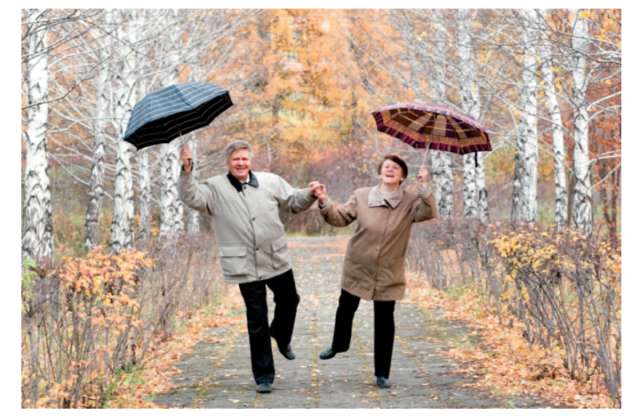
FIGURE 3.5 “Life Is Good.” © dra_schwartz/iStockphoto
could take. Both these images convey the essence of a good lifestyle shot, which is why they have been multidownload sellers. They cover both ends of the age spectrum, but despite this and their very different contexts and backgrounds, they are both remarkably similar in key areas:
- Both images are of happy couples. Happy couples make great stock images.
- There is a sense of life and action in both shots. They are not just static portraits.
- A lot is going on in both images. There is a sense of energy, with the piggyback in the first image and the skipping in the second. Fantastic!
Both these images could be taken by you using simple equipment, with no fancy lighting needed. Just a little care in the execution, following a few simple rules explained later in the book. In particular, you don’t need megabucks catwalk models for your lifestyle photographs; seniors, teens—in fact, all ages sell well—so start by enlisting your own nearest and dearest to model for you.
(Make sure you explain what is going on—for example, you will not have any control over the products or services the pictures are associated with—and get them or a responsible parent or guardian to sign a model release.) Often a promise of a free print will be enough to secure consent!
I think that when starting out, it really is a key to success to get those around you to help in various ways, and being a model is one of the best ways.
FASHION
Fashion and style are in demand and used by designers to sell products and services and add a touch of interest to marketing campaigns, brochures, and the like. Ditch the grungy clothes, add some makeup, and fire up the shutter (Figure 3.6). Admittedly, good fashion work demands some skill and care; lighting is critical and some postprocessing is needed to even out skin blemishes and so on. But if it floats your boat and you have the skill and passion, then you are in luck because the best fashion shots are big sellers on the microstocks.
SEASONAL AND FESTIVE IMAGES
Seasonal and festive images are also popular and include the obvious Christian, Jewish, and other religious festivals, public celebrations, and, of course, the seasons. An image does not have to press just one commercial button. The “Life Is Good” image would be a great autumn image as well as a lifestyle image, but some images are obviously representative of one season or one festival. Holly or mistletoe summon up Christmas, as do wrapped presents, Christmas trees, and images of people singing carols. Easter, well, Easter eggs! Figure 3.7 is a winning Easter image, and Figure 3.8 is a still-life scene representing the Jewish New Year.
Seasonal objects by themselves can convey a sense of the season well. Christmas tree decorations, either on a tree or by themselves, are popular sellers from around August onward. The skilled micro-stock photographer will make sure he or she shoots material for submission in late July or early August to profit from this seasonal surge.
Our “Business” and “People” categories are consistent best sellers. We also do very well with our seasonal collections. These are images culled by our photo editors in a timely way, for example, “spring,” “Easter,” “mothers” around Mother’s Day, etc.
Jon Oringer, CEO, Shutterstock
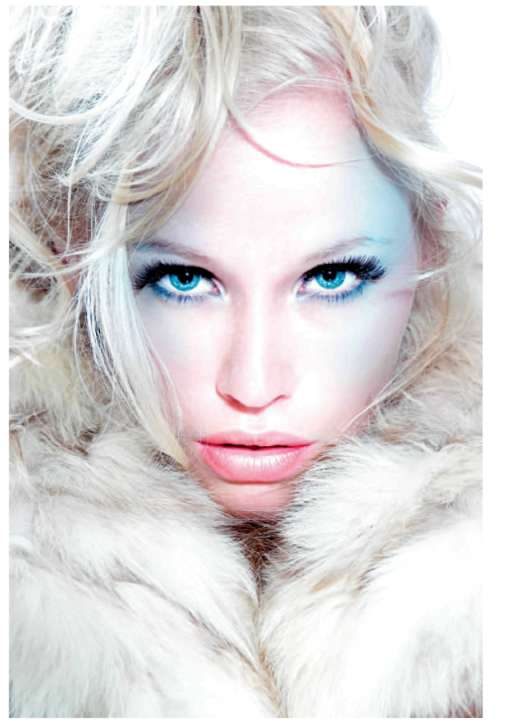
FIGURE 3.6 Fashion and style are in demand. © Kateryna Govorushchenko/iStockphoto
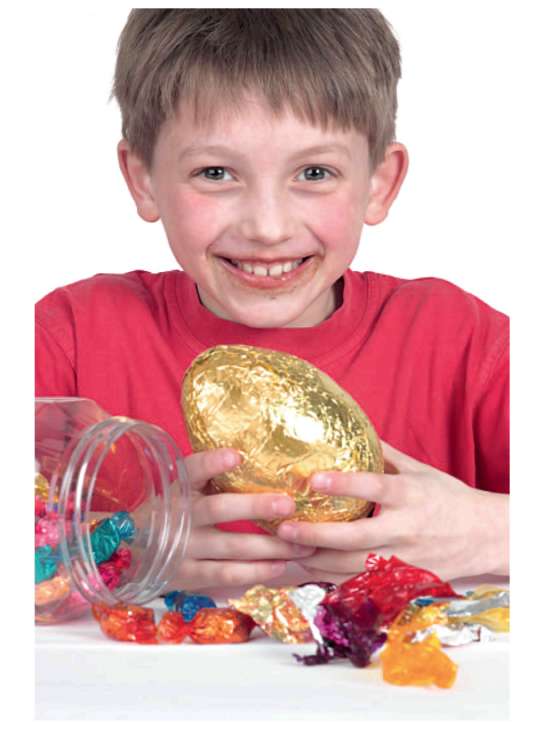
FIGURE 3.7 “Happy Boy with Easter Egg.” © Douglas Freer/Shutterstock
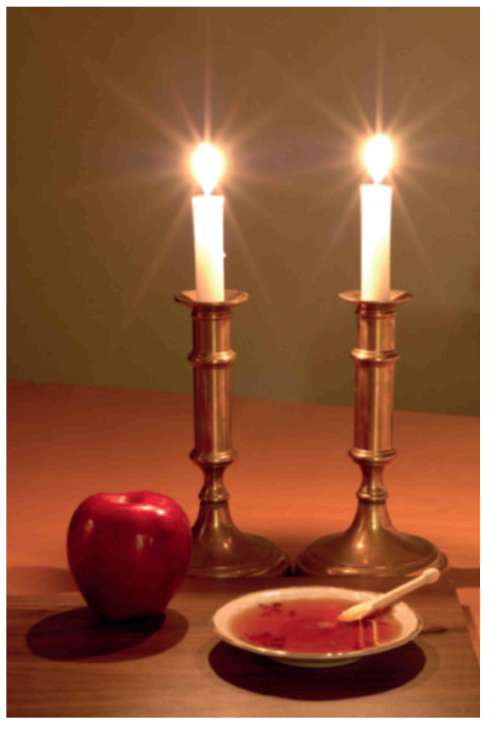
FIGURE 3.8 Jewish New Year scene. © Howard Sandler/Dreamstime
So think of a season you like or a festival that is important to you, and consider subjects you would find interesting and representative of that season or festival. Whatever your religion or interests, I am sure you will come up with something to take pictures of that buyers will find interesting.
FOOD
Food images dovetail nicely to lifestyle and to still-life photography generally. After all, food is an important part of our lives, and good food images are regular sellers on the microstock sites. Also, you don’t need model releases for food, and food and ingredients are usually easy to obtain.
While the best food photographers use studios to control setup and lighting, and have food stylists to prepare the food for the photographer, it is surprising how easy it can be to make use of much more modest equipment and facilities and still obtain great shots that sell well. All you need is a bit of patience and imagination—and quick thinking!
Witness Figure 3.9, “Healthy Eating.” My wife likes a healthy breakfast. (I’m a fry-up man myself.) When she sat down to a breakfast of muesli, raspberries, yogurt, and blueberries, I thought, “That would make a nice shot.” So, to her dismay, I whipped the food away, took a shot using the simple lighting setup I’ll describe in Chapter 7, and then returned it. The resulting image has been a good seller. So much for fancy props. And, yes, my wife ate her breakfast a few moments later!
There is plenty of scope with food images to combine textures, color, and some action. There’s not much action in the “Healthy Eating” shot? Well, I think the spoon gives a sense of dynamism, as does shooting the image at an angle. So there is some “tension” in the image to give it a lift; the rest is done by the combination of attractive, vibrant colors and healthy ingredients. Heck, I’d almost give up my fry-ups for this, and it only took a few minutes’ work.
The rule simple sells also applies to food. Simple arrangements often work best. There are a number of current tricks for good food photography:
- Freshly prepared food. Fresh food allows you to use less sheen-adding glycerin, for example.
- Shallow depth of field. Set your lens at a wider aperture and focus (carefully) on the most important part of your subject.
- italic>Action. This can be through the use of a prop, such as a spoon or knife that looks like it has just been or is about to be used.
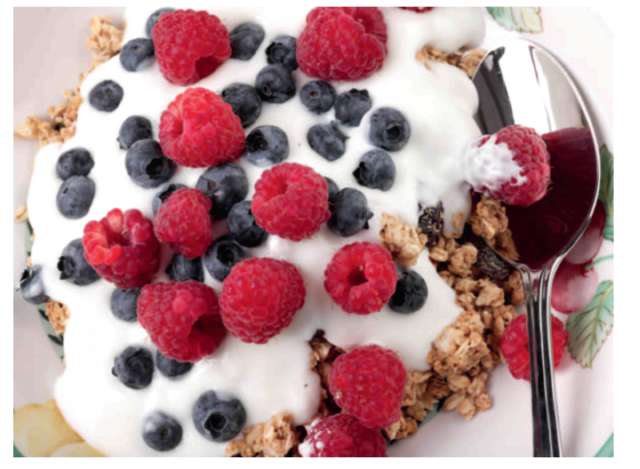
FIGURE 3.9 “Healthy Eating.” © Douglas Freer/iStockphoto
- Good setting. A nicely set table, with accessories, helps to frame the food in its proper context.
- High key. Backlighting, as if near a window but usually supplied by studio flash placed behind or slightly to the side, works well.
- Complementary colors. Try seeing the food with an artist’s eye.
- Interesting angles. Don’t just shoot head on
- People. Including people is not compulsory but is great where possible in more general shots. Remember that you will need a model release if they can be identified.
While food is an accessible subject to shoot, shooting good micro-stock food shots is not easy. The best-selling food shots look as if the chef has just prepared and served the food. Don’t used unattractive ingredients, poor settings, fussy over-decorated plates, water-stained cutlery, and bad, uneven lighting.
Here is a great idea. If you are near a good local restaurant, ask the owners if they will allow you to photograph their food in exchange for the right to use your shots. It’s a win-win solution for you and for them!
LANDSCAPES AND TRAVEL
Your favorites? Mine too. But here is the bad news: the market is saturated with landscape images, so taking landscape shots that will stand out and sell well on microstock libraries is a challenge. The good news is that even though landscapes shots are plentiful, this does not mean you cannot make money with them. You can, provided you choose simple subjects, particularly ones that can be used as a natural background by designers. Simple sells applies in landscape photography as well. Good landscape photography—the kind that sells through microstock sites—has an immediate impact (Figure 3.10).

FIGURE 3.10 “Green Field and Tree.” A very popular microstock image. Did I hear someone say, “Simple sells”? © Slawomir Jastrzebski/iStockphoto
It is important to know why you are taking a photograph, and what your sales pitch is. If it is a travel shot of France, does it say, “This is France”? If not, why would a buyer choose your image over other images that might better communicate a sense of place?
If your shot is not of any identifiable place, then it has to have another message. Use strong, bold, compositions, dramatic skies, and great color. The usual advice with landscape photography is to use a wide-angle lens (or the wide-angle end of your compact camera lens) for drama and impact. This is often true, but it typically only works if you have some strong foreground interest that leads the eye into the scene. You’re often better off with a long lens (or telephoto end of your compact camera lens) used to select part of a scene for more impact. See Figures 3.11 and 3.12 for examples of good wide-angle and telephoto lens use, respectively.
“Paradise Island” uses the rocks as foreground interest. The rocks lead the eye into the scene. A desert scene might use grass tussocks or stones to draw the eye in to the picture. “Four Horses” selects the horses and isolates them from their surroundings, with the landscape

FIGURE 3.11 “Paradise Island.” © Simon/ Shutterstock
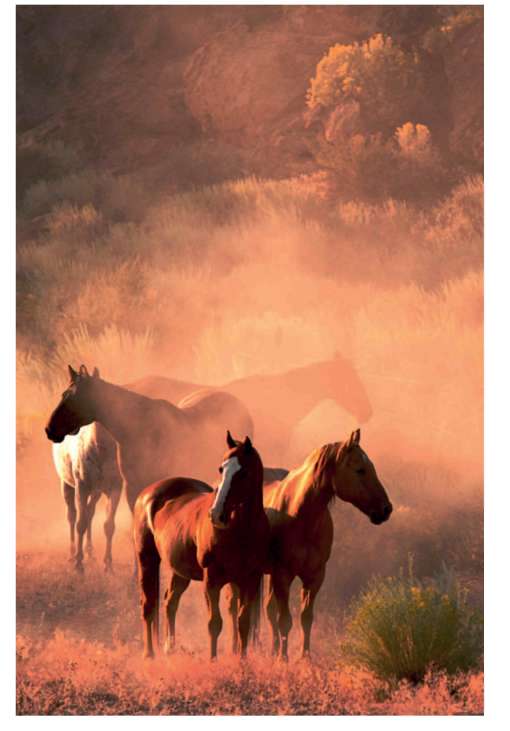
FIGURE 3.12 “Four Horses.” © Jeanne Hatch/Shutterstock
receding out of focus. Remember, these are just examples, but the “rules” they evidence are of general application.
A few useful tips for successful landscape photos on the microstocks follow:
- Simple sells. Cut out the clutter.
- Include foreground interest with wide-angle lens shots.
- Try to place your subject away from the center of the image. Apply the “rule of thirds” (see Chapter 4) in most (but not all) cases by placing your subject one third of the way in and from the top of the frame.
- Use a telephoto lens or setting on your camera to pick out details in the landscape and to create an interesting compressed perspective.
- Avoid washed-out overexposed skies. If necessary, slightly underexpose the shot to keep the sky detail.
- Use a tripod to avoid camera shake.
ARCHITECTURE
Possibly a subset of Landscape and Travel, urban landscape and architectural details can make compelling images. Like natural landscapes, buildings are all around us and are decent sellers on the microstocks. However, for reasons we will discuss later in this book, you have to take care not to include in your shots of buildings logos, product names, or other items for which there are recognized intellectual property rights (Figure 3.13). Because microstock is a type of royalty-free image licensing model, there is little or no control over how the image will be used. The microstocks will reject an image containing copyright data or company logos, and these are commonly seen on city streets or even on entire buildings. An exception is Shutterstock, which will accept images with incidental logos for editorial use.
I like architectural work, but it is easy to be careless. Take care to line up your buildings and to not crop bits off, such as the tops of spires. Try mimicking professional large-format camera technique by digitally correcting converging verticals.
Good architectural work sells well. Unusual shots of famous places or images that sell concepts, like business, are in demand by designers producing corporate brochures, Web sites, and so on.
CITYSCAPES
Try shooting your local city skyline. General city views make useful stock images. An unusual angle or rare view will increase sales potential.
I took “London Looking East” (Figure 3.14) from the top of a building not usually accessible to members of the public. The weather was
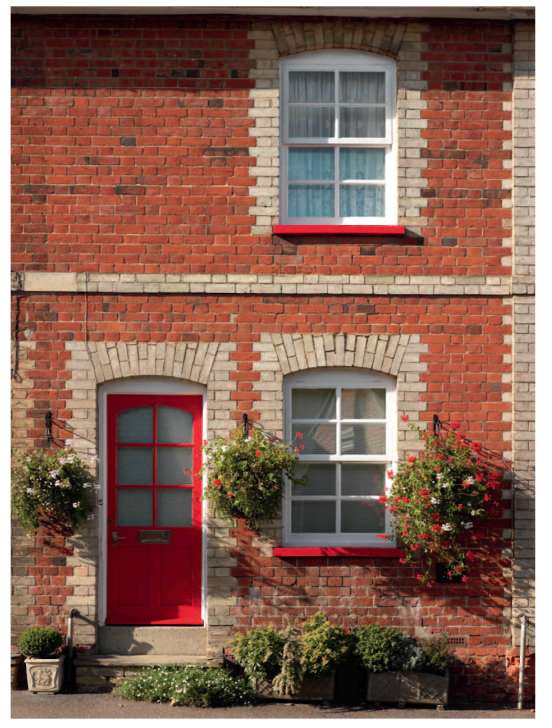
FIGURE 3.13 A popular architectural shot of mine. Notice how all identifying numbers have been removed, and how the colors complement each other.
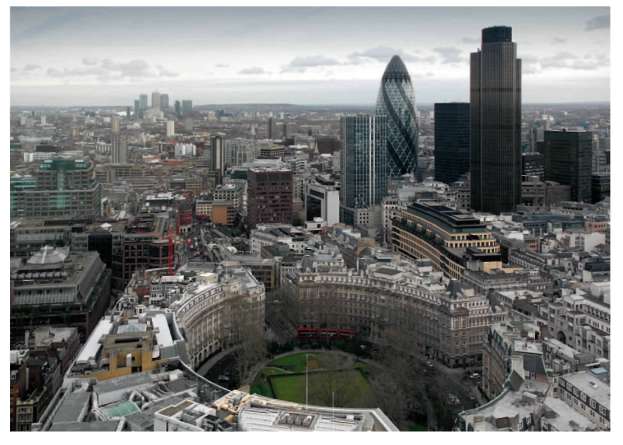
FIGURE 3.14 “London Looking East.” © Douglas Freer/iStockphoto
not great, but that helped prevent harsh shadows. I think it works because it is taken from an unusual, high, vantage point and the shot includes part of the City of London financial district as well as docklands in the distant left. That ticks quite a few buyer boxes.
Another approach is the night shot. Check out Figure 3.15, a popular high-saturation night shot of downtown Chicago. A shot like this needs a tripod and a long exposure. You certainly do not need a flash for photos like this, so turn off full auto and experiment with different settings in manual mode, if your camera supports it.
Try to take architectural shots that will stand out from the crowd and are technically excellent. Correct converging verticals in your image editor, for example, unless they add to the drama of the scene (see Chapter 4). Abstract architectural details are also useful. Search for and isolate details in buildings and try looking for interesting com-positions—reflections, shapes, textures, colors—thinking all the while
of how the finished image might be used. Two good examples are shown in Figures 3.16 and 3.17.
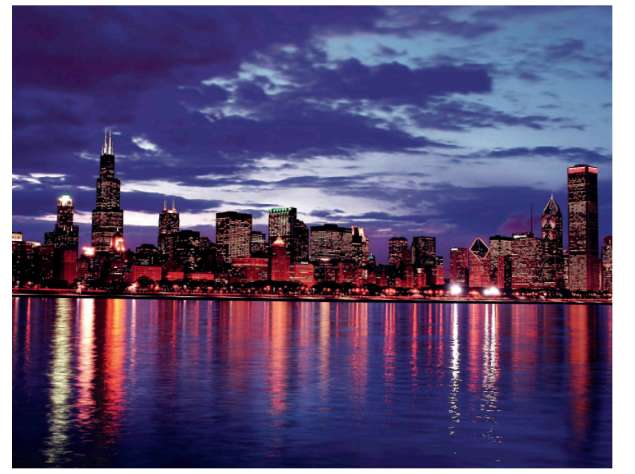
FIGURE 3.15 “Downtown Chicago.” © Tomasz Fudala/iStockphoto
Now, go outside and take some shots yourself!
OBJECTS
Designers can’t get enough of good-quality, well-lit objects. Anything from aerosols to Zodiac signs. Make an object the object of your photography.
What designers really like are isolated objects (Figures 3.18 and 3.19) and, even better, isolated objects with clipping paths included. A clipping path is just a means of tracing around an object so that the designer can simply cut and paste it into his or her own design or
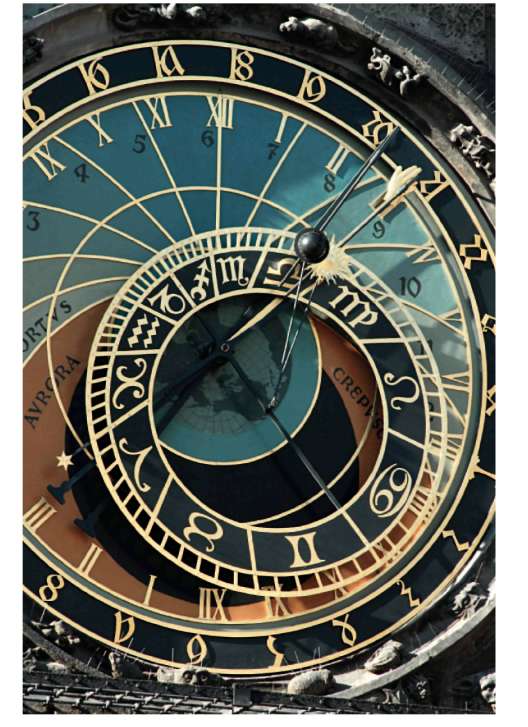
FIGURE 3.16 “Astrological Clock in Prague.” © Olga Shelego/iStockphoto

FIGURE 3.17 “Radical Office Reflections.” © Douglas Freer/Shutterstock
background. It sounds complicated, but it need not be; with a little practice, you can do it. (See Chapter 7 for some tips on this technique.)
Business-themed photos are …big sellers, as are photos of isolated objects.
Jon Oringer, CEO, Shutterstock
Most technology (e.g., laptop computers, mice, keyboards) can be found by searching “objects” on any microstock site. The opened hard drive image in Figure 3.20 is not atypical. If you are anything like me,
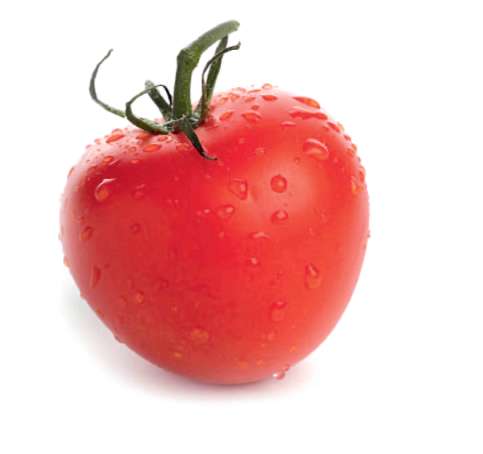
FIGURE 3.18 An example of an “isolated” object that also happens to be food. Isolated objects can be anything, from computer parts, to people, to single items like this tasty, fresh-looking tomato. © Douglas Freer/Shutterstock
you have cursed at a broken hard drive at some time or other. Why not put your anger at broken technology to good use—photograph it!
The fact is that there are subjects suitable for microstock all around you. Try this. Put this book down for 2 minutes, look around you, wherever you are, and try counting the number of subjects you can see that are suitable subjects for microstock photography. I bet you’ll come up with at least 20–30 if you think carefully about it.
Most microstock photographers begin by shooting images readily available to them. They shoot business or lifestyle images using friends or relatives as models. They look around them at everyday objects they find in their homes or offices and photograph

FIGURE 3.19 This is what a search for “objects” throws up on Fotolia. Quite a variety. Other microstock sites offer a similar extensive and diverse choice of images.
them. They take shots on vacation. It is not necessary to travel the world to find suitable material for microstocks. You are not shooting the cover for Vogue magazine or National Geographic (not just yet, anyway).
We’ll wrap up our discussion of objects with a couple more images (Figures 3.21 and 3.22). Neither of these is isolated; objects photographed in a context useful to buyers can also be successful.
FLOWERS
Flowers are tricky. Some of the best-selling microstock images are of flowers, yet most sites will tell you they have quite enough flower shots to last several lifetimes.
Flower images need that special something to justify acceptance on microstock sites. Every spring, tens of thousands of daffodil shots are uploaded. As summer approaches, yellow turns to red and pink as

FIGURE 3.20 “Hard Drive Details.” A good example of an “object” in microstock terms. An image like this could be used to illustrate a number of ideas, such as data protection or computer sales. © agency by iStockphoto
tulips take their place. Then the yellow of sunflowers dominates. Enough already!
But you can take and sell successful flower photographs, provided you add a little something extra. Consider the following as suggestions:
- Get in close. Most compact cameras have a “macro” setting, and now is the time to use it. Got a single-lens reflex (SLR)? Buy a 1 : 1 macro lens for it. Shoot those interesting details.
- Use selective focus It is all the rage for flowers as well as for food, but if you do, make sure that the key element in the image is sharply focused. Selective focus does not mean no focus.
- Try a new angle. Get low; get high, but avoid a boring snapshot.
- Remember, simple sells. This is true for flowers just as for most other subjects, and a macro lens will help isolate the subject from the clutter. Simple, bright colors against a darker background also work (but check the exposure)
“Gerbera Daisy” (Figure 3.23) and “Backlit Narcissus” (Figure 3.24) are examples of images that go beyond simple snapshots of flowers, yet both could be taken by anyone with a little effort and application. (You will notice that the daisy is isolated on a white background and set to one side so that there is room for a designer’s message.)
The daisy image is bright, is colorful, and has water droplets on the petals to add to the sense of “freshness.” It is a well-taken macro (close-up) image. Note that only part of the flower is included in the image. This works well in this context.
I took “Backlit Narcissus” in my garden, getting down low, below level of the flowers and shooting upwards, deliberately including a little sun flare (normally a fault) to add to the sense of energy. The flower heads seem to dominate. A shot of the same flowers from above would look routine and boring in comparison. My wife was angry with me for the grass-stained clothes from my low-down shot, but I explained that artists have to suffer for their art. (Ever tried that excuse? Nope, didn’t work for me either!)
Both these flower shots offer the buyer something a bit different, and for that reason both have sold well. Can you do the same or better? I bet you can.
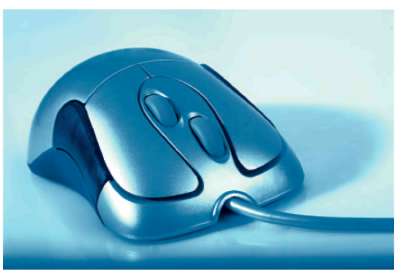
FIGURE 3.21 “Mouse.” © Dawid Konopka/ Shutterstock

FIGURE 3.22 “Plans and Maps.” © Trout55/Shutterstock
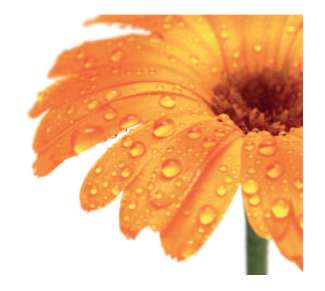
FIGURE 3.23 “Gerbera Daisy.” © Sascha Burkard/Shutterstock
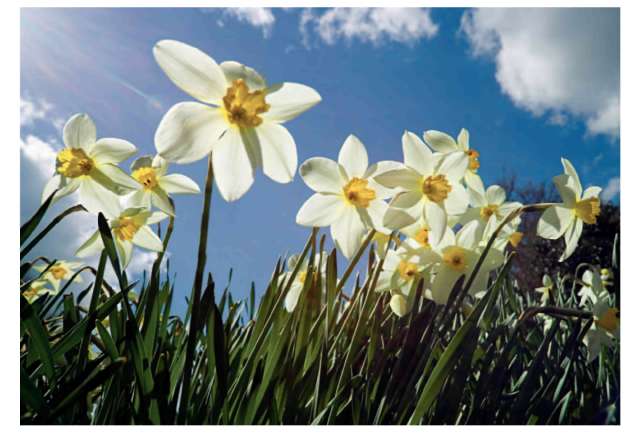
FIGURE 3.24 “Backlit Narcissus.” © Douglas Freer/iStockphoto
CONCEPT SHOTS
Concept shots can be a great success, provided the concept is good and the execution perfect. Get creative. It is one way to stand out from the crowd.
The image “Let me out!” (Figure 3.25) was taken to illustrate how we can all become trapped by technology, taken over by machines. It has a twin, a conventional image of a widescreen laptop, but I found this more fun. It is a composite of two images; one, a widescreen laptop isolated on a white background, and the other, your venerable author squashing his face against a window. I set the camera on a tripod and used the built-in timer. It was quite easy—a (careful) cut-and-paste job in Adobe Photoshop.
Check out the cover shot image of the happy guy (Charles Gervais, a good friend of mine and a great pro photographer) with the cameras
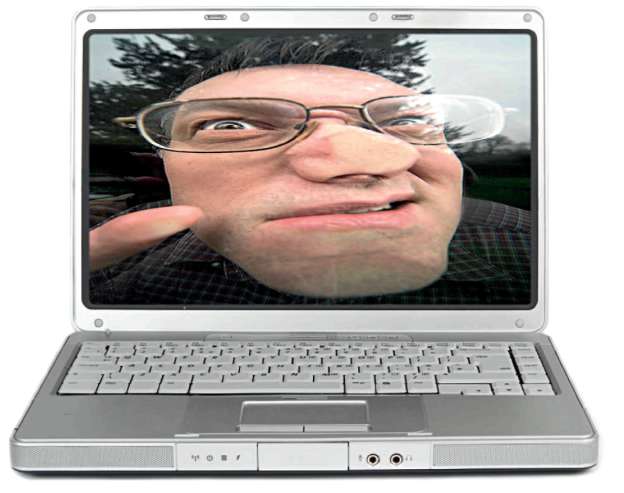
FIGURE 3.25 “Let Me Out!” © Douglas Freer/iStockphoto
and money everywhere. That is a concept shot I took to convey the sense of a successful microstock photographer. It was produced from two separate shots. The first was of Charles with the money and cameras, shot against a pure white background. The second was of the money background. I “cut out” Charles in Photoshop using a technique I will refer to in Chapter 7 for clipping paths and dropped him in on top of the money background. I hope it caught your eye when you first saw this book!
The bosses of the microstock agencies all agree that business concepts are good sellers, and they should know. Business concept shots are used to illustrate common business themes such as teambuilding, teamwork, cooperation, success, and other groovy concepts that create a positive image of whatever is being promoted or sold.
“Business Teamwork” (Figure 3.26) involved a little Photoshop skill to combine the puzzle graphics with real people. I think it’s a great image and so, apparently, do the customers of Shutterstock who have downloaded it many times. Figure 3.27 is another great business concept top seller by iStockphoto exclusive photographer Lisa Gagne.
Sign images also sell well. Figure 3.28 is one of my top sellers; it represents a simple case of combining a perspective-corrected image of a sign with some text added in Photoshop. Text on signs can of course be changed and a different message added. Provided the result is sufficiently different and useful, you should be able to reuse a photograph of a sign for many different purposes.
VECTORS
While this book is about microstock photography, be aware that many of the biggest image sellers on the microstock agencies are vector graphics. So, I should say a few words about vectors.

FIGURE 3.26 “Business Teamwork—Puzzle Pieces.” © Andres Rodriguez/Shutterstock

FIGURE 3.27 “Presentation.” © Lisa Gagne/iStockphoto
Vectors are a form of geometric modeling that uses mathematical calculations to represent shapes that are scalable without image degradation. A vector is thus very different in concept and execution from a typical raster image, such as a photograph. Its advantage is its scalability: as it is just a series of mathematical calculations, a computer can scale a vector to any size. Special programs, such as Adobe Illustrator or Corel Draw, are needed to create and edit vectors.
Vectors sold through microstock agencies tend to be relatively simple backgrounds and shapes.
Some subjects, such as backgrounds, surrounds, buttons, and the like lend themselves very well to vectors. The two examples here, Figure 3.29, “Retro Floral Patterns,” and Figure 3.30, “Vector Icons,” are excellent examples of typical, successful, vector art sold through the microstock agencies. Both will scale without degradation to almost any size. If you can create vectors like these, then you should have success selling them through the microstocks, most of which sell vectors, recognizing their high value to designers.

FIGURE 3.28 “Work, Home, Life.” © Douglas Freer/Shutterstock

FIGURE 3.29 “Retro Floral Patterns.” © Telnova Olya/Shutterstock
More complex images can also be created, including cartoon-like drawings of people. These too are popular because they are quite rare and require a lot of skill.
I hope these examples help you understand a little better which images are likely to sell and which will not. Remember that list of

FIGURE 3.30 “Vector Icons.” © Doreen Salcher/Shutterstock
objects I suggested you look for earlier in this chapter? Keep them in mind—you are going to need them later in this book.
In the next chapter, we will look at how you can make your pictures win, examining in more detail my ingredients for the successful micro-stock image.
